We had anchored in Dwejra Bay when we first arrived back in Malta, but we had never really explored Gozo. Having Erin and Natalie visit was all the excuse we needed. We took a Bolt (like an Uber) to the end of the main island, hopped a ferry, and rented a car to head out for the day.
The first place we stopped was Ramla Bay. Malta is not particularly known for sandy beaches, but this is one of the places that has one and it’s stunning.
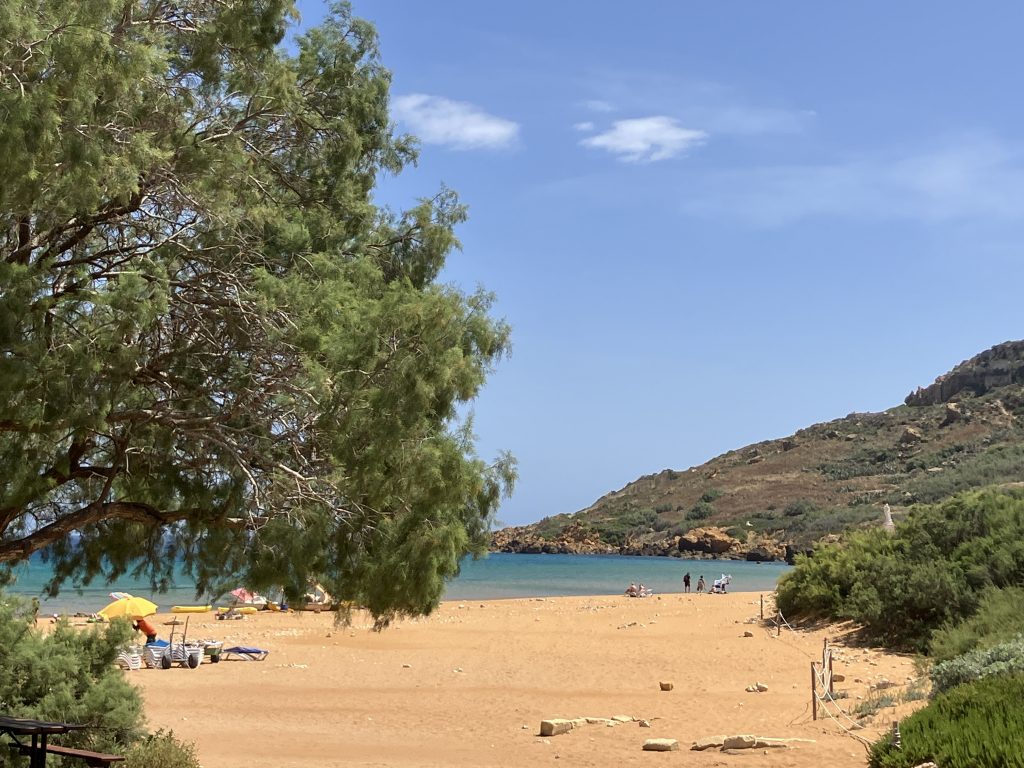

After Ramla we headed inland to the Ggantija Archeological Park, to what is known as one of the oldest freestanding building complexes in the world. Built from Maltese limestone, these structures were raised during the Neolithic period and are estimated to be more than 5,500 years old.

You enter the park through a museum that contains artifacts retrieved from the site and put on display with descriptions and explanations. I had a couple of favorites. The first was engravings of migrating birds placed next to a photo of a lapwing, a migratory bird still found these days in Malta.
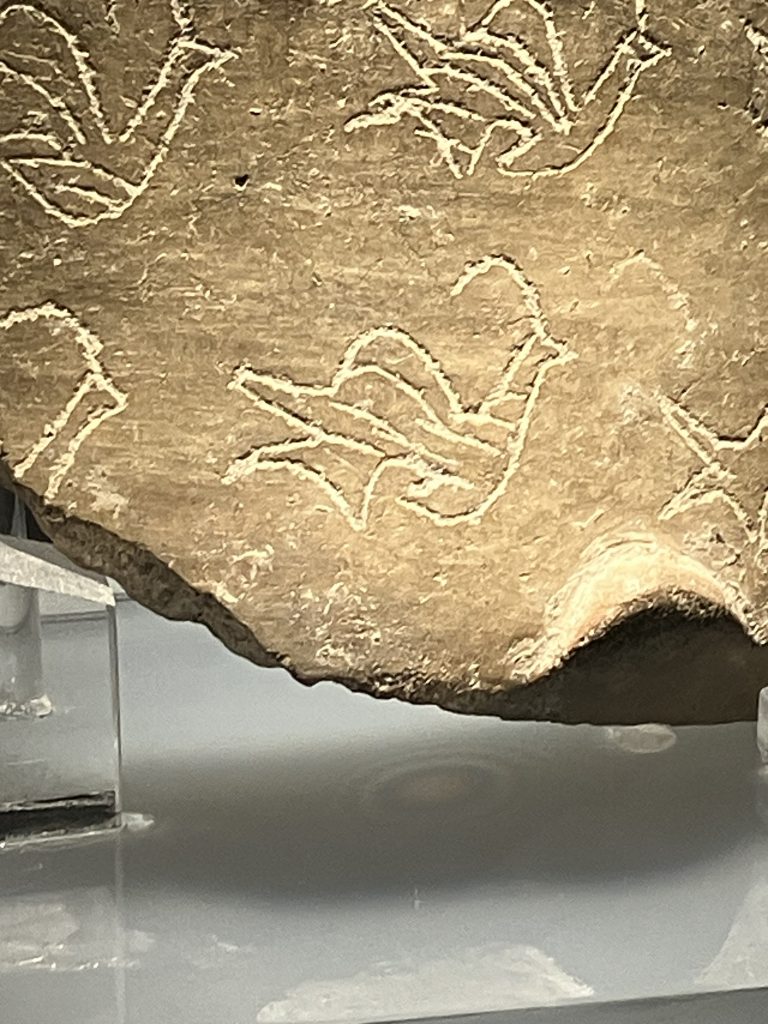
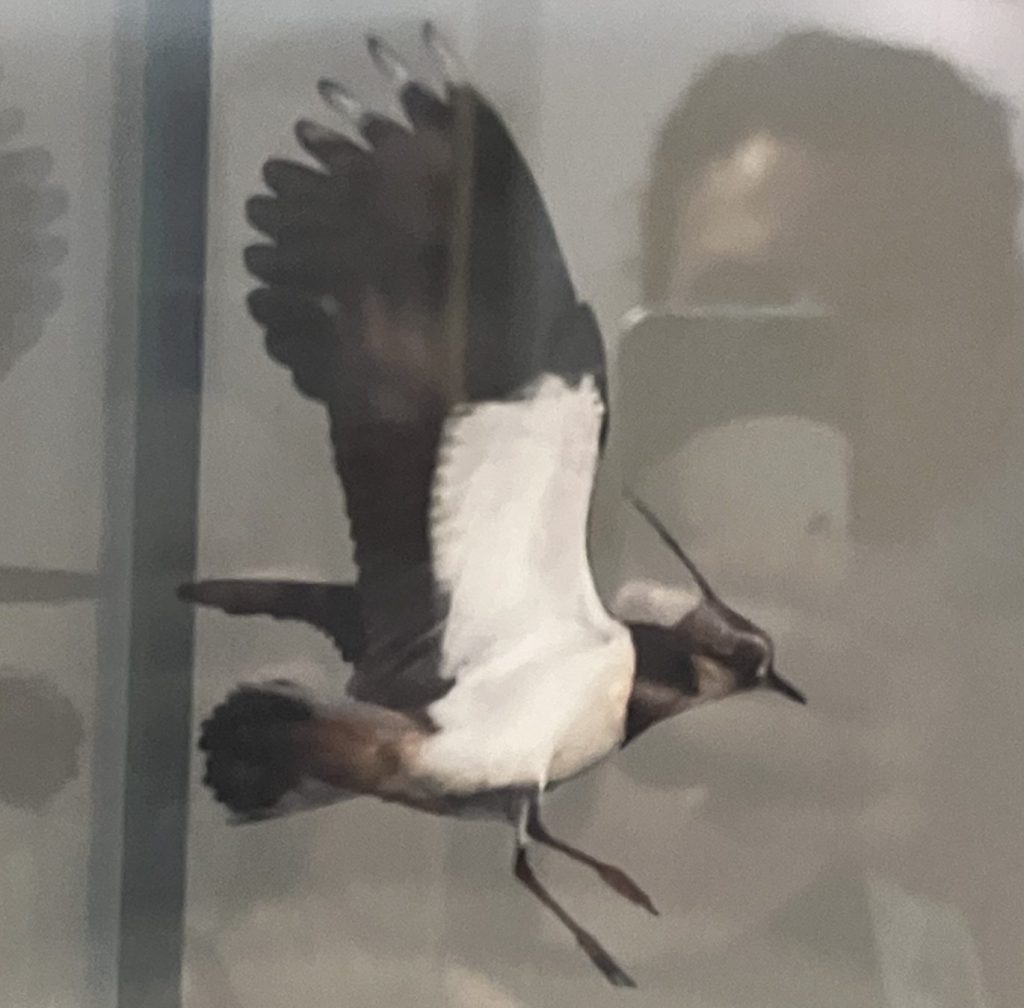
The other two were clay figurines that give an idea both of what people looked like at the time (large bodied) and societal norms (figures are reclining or seated together).


Then we headed out to the site itself. The path was lined on either side with Native Maltese plants, including the Maltese rock centaury (Cheirolophus crassifolius).
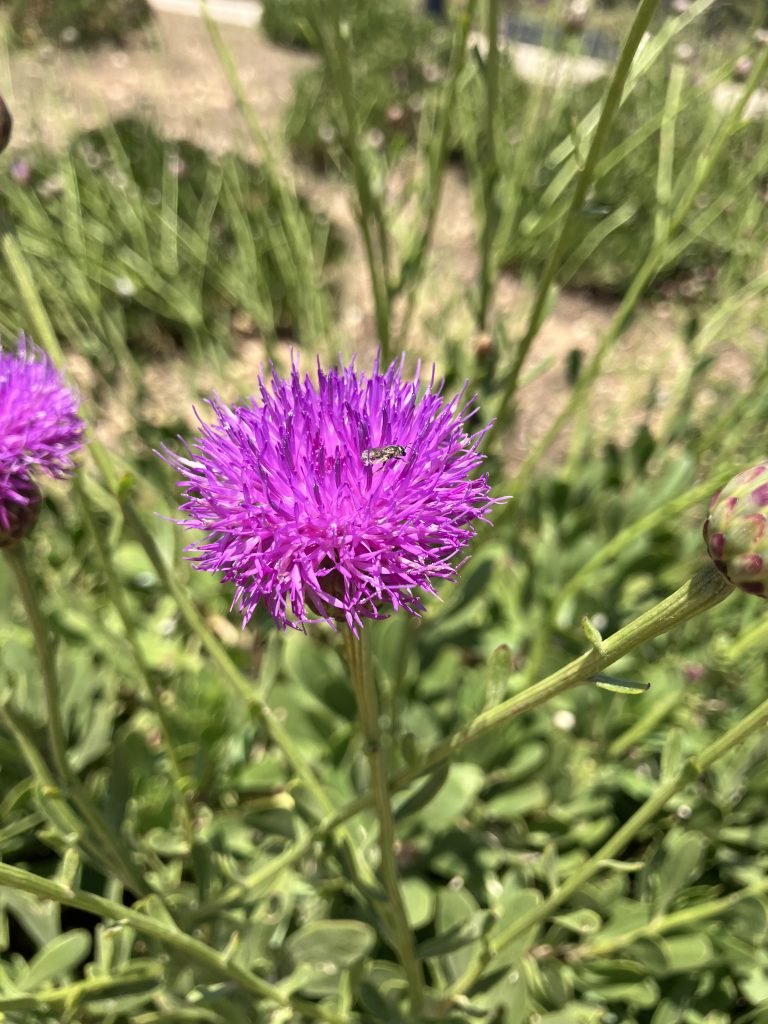
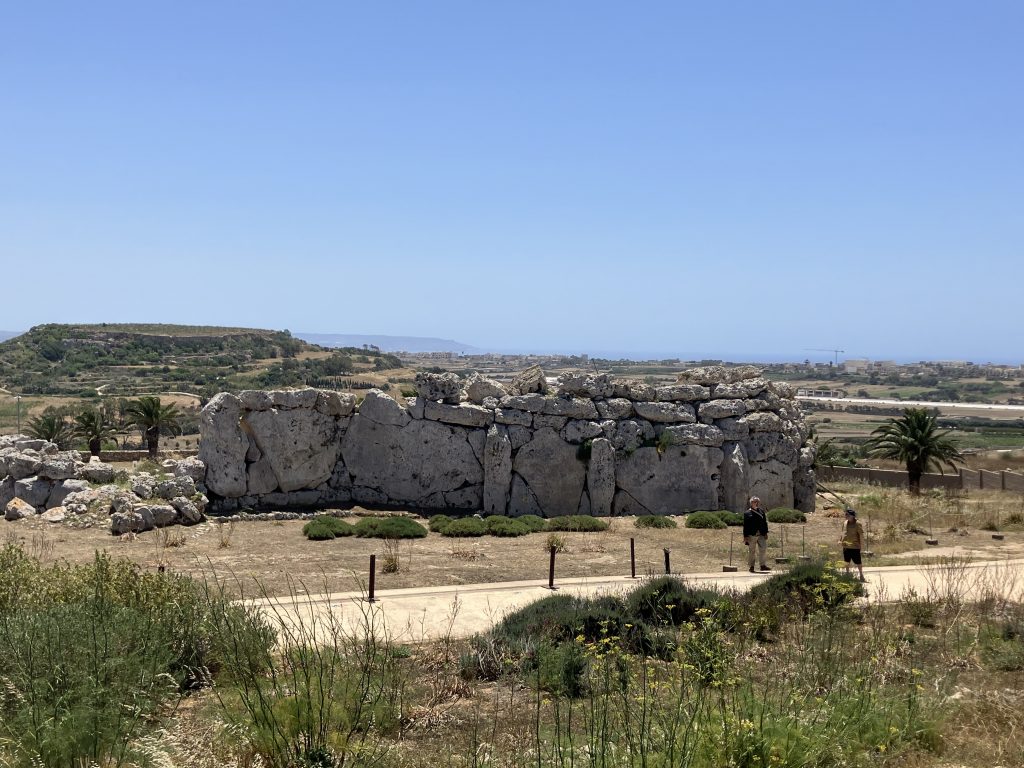
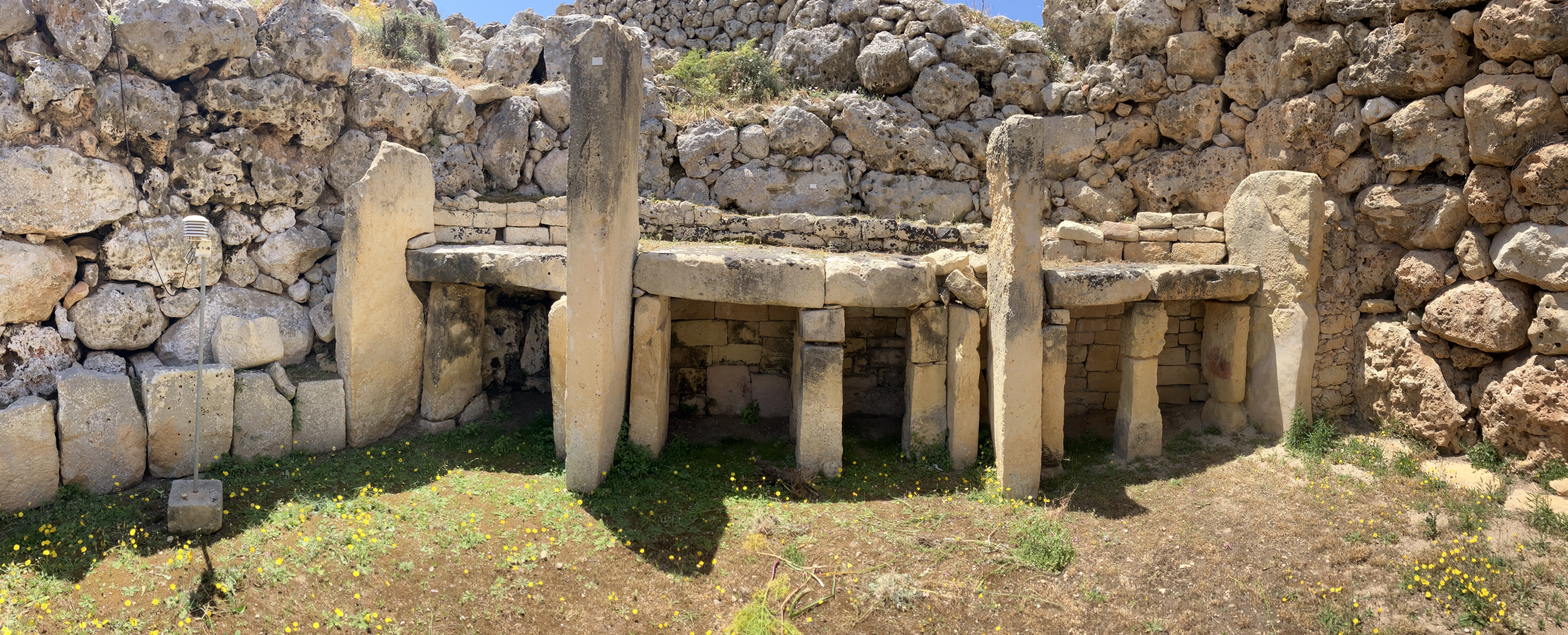

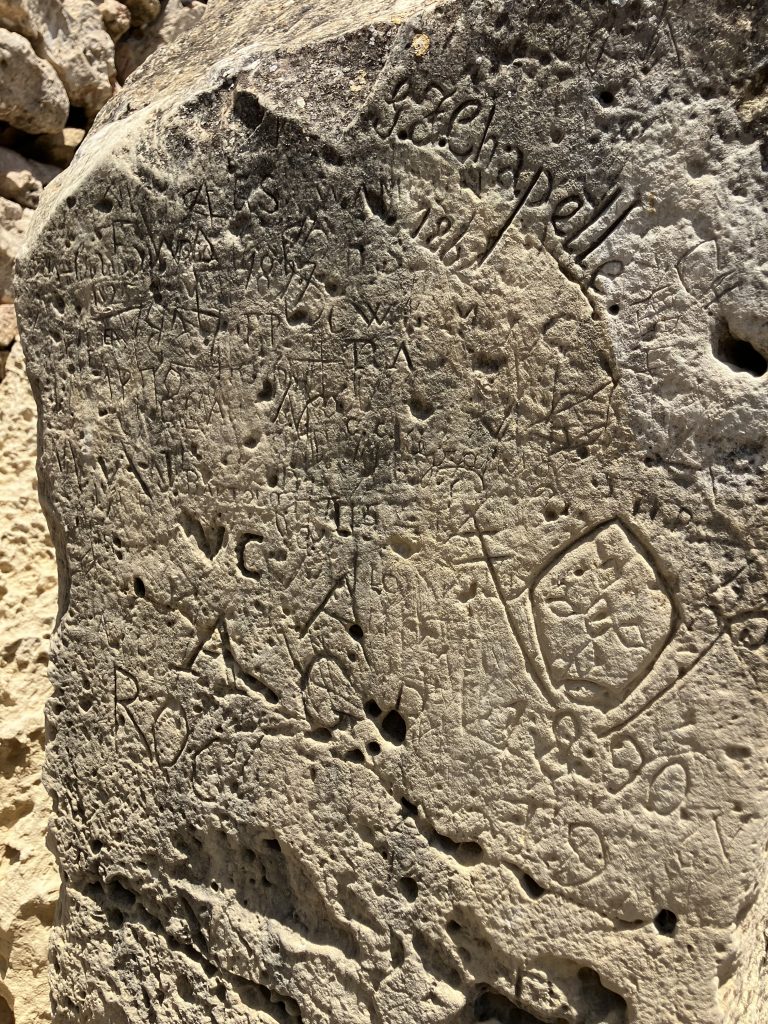
We carried on from Ggantija along the northern edge of the island, and stopped to visit the Xwejni Salt Pans. The checkerboard or quilt pattern of the carve outs in the shallow rock is quite dramatic. These salt pans are believed to be over 350 years old, with the technique of collecting sea salt in shallow reservoirs via evaporation coming from Phoenician times. Local families still manage the salt pans and the public is not allowed inside (but you can buy the salt).

Then we turned inland, and drove to the Basilica of the National Shrine of the Blessed Virgin of Tá Pinu. Built on the site of a former small chapel, the Basilica was completed in the early 20th century. Though the building looks quite traditional, I found the mosaics to be very modern in style.



From Tá Pinu we headed further west, back to Dwejra Bay. We admired the water where we had first anchored, but noticed it was a bit rolly, so we were happy to visit by car instead of boat this time.

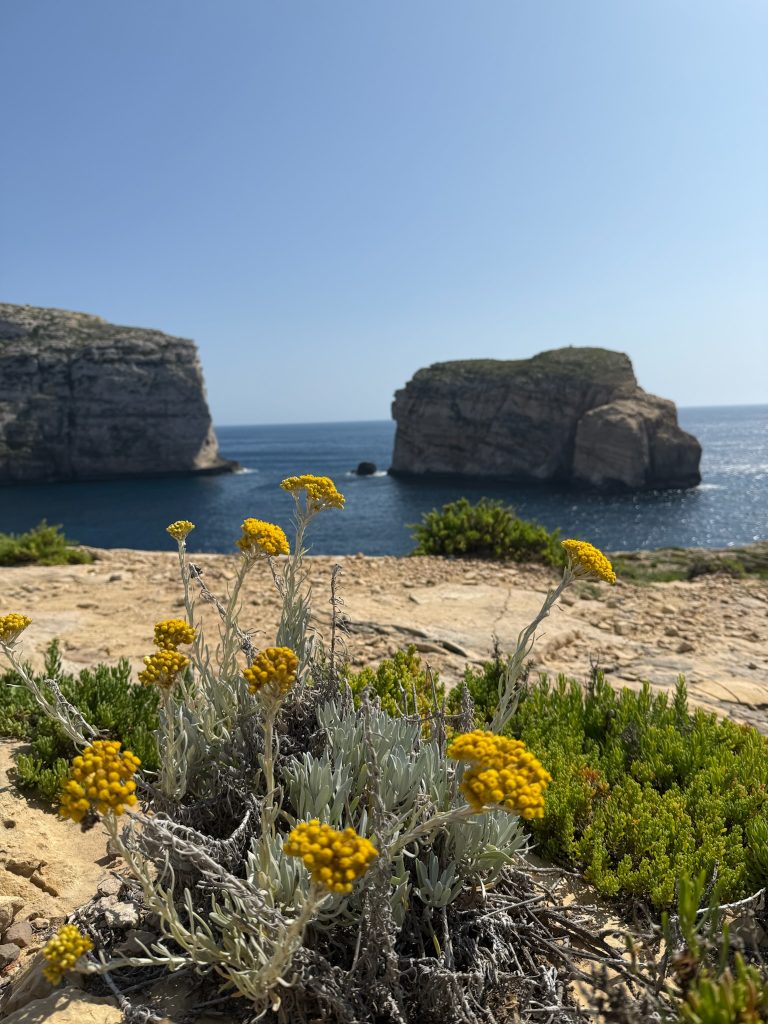
One of the things I hadn’t noticed from my previous visit, was the well formed shells trapped in the limestone cliffs one hundred plus feet above the water that were only now being revealed as the rock face wore away. The shells had to be somewhat recent, as the calcium never had a chance to dissolve.
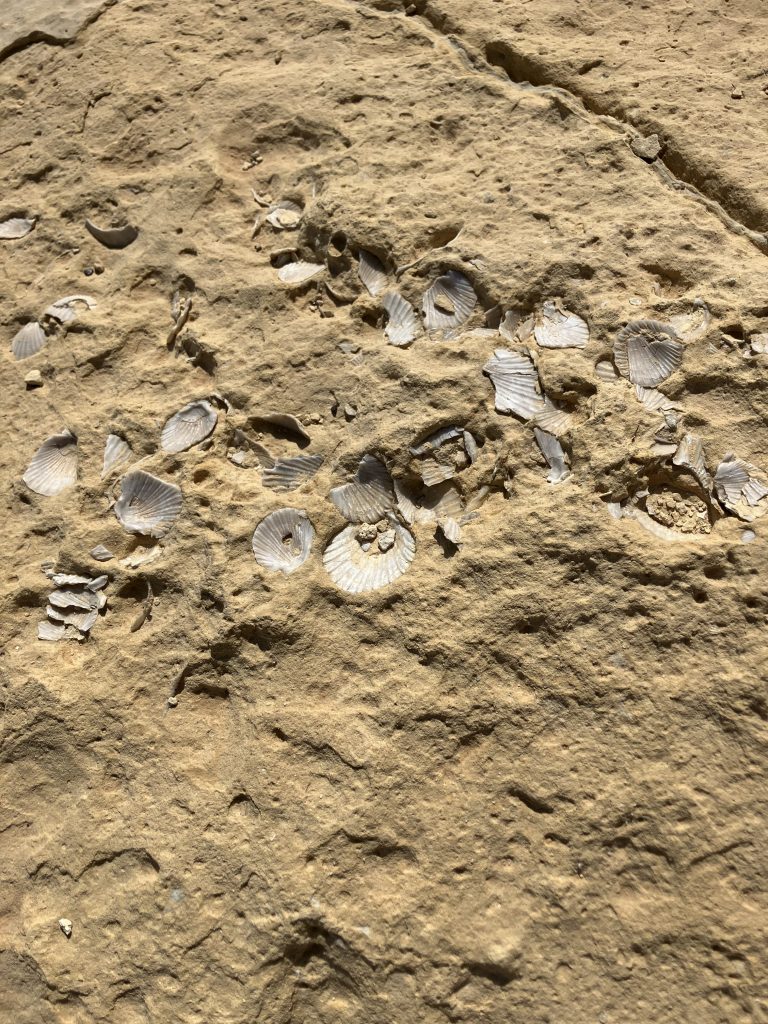

It had been so fun exploring the island, we were now running out of daylight hours, so we headed straight to the capital city of Victoria, and the Citadella. First built in 1500 BC, it was turned into a castle during medieval times, and then a fortress for the Romans. Despite it looking like a set for Game of Thrones, the series was filmed in other parts of the island instead (rumor has it that they did so much damage in Malta the series had to relocate to Croatia for later seasons). The museums were all closed, but it was still a fun place to finish our day in Gozo.
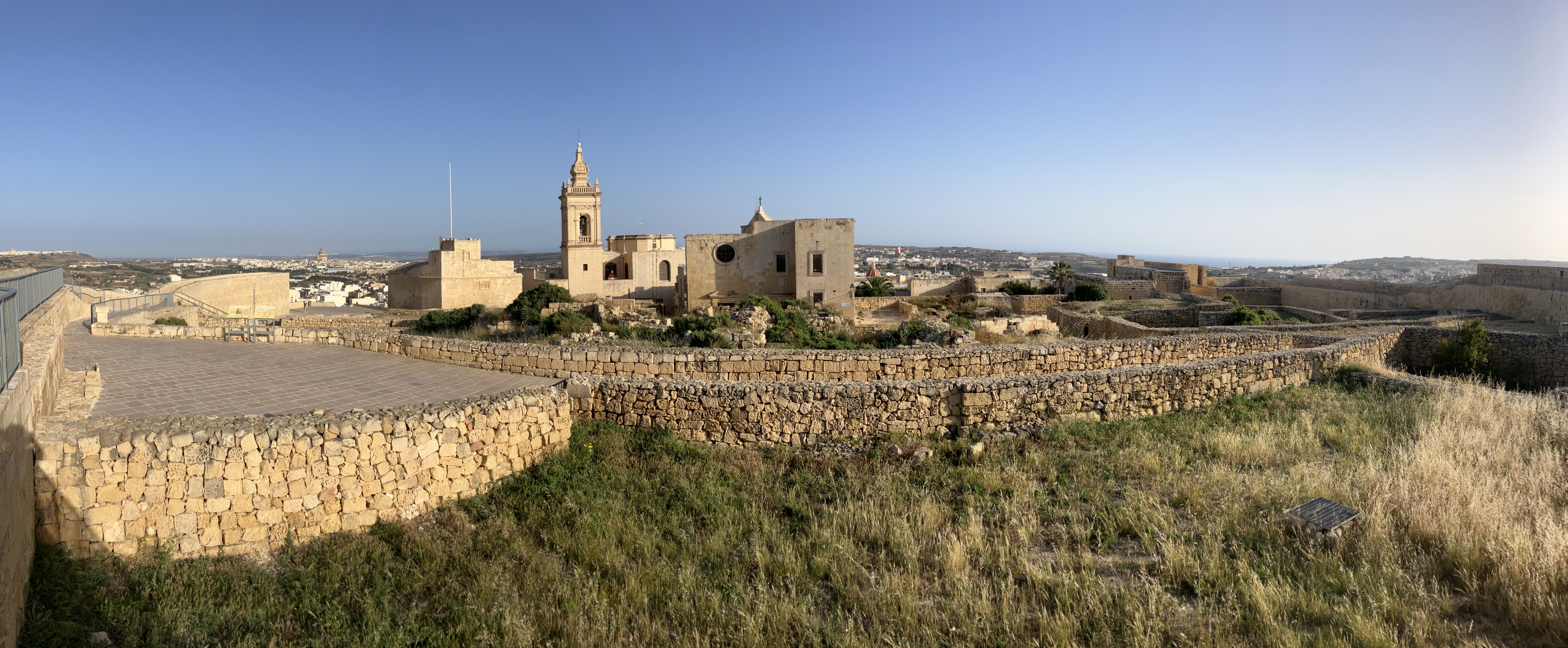



Leave a Reply